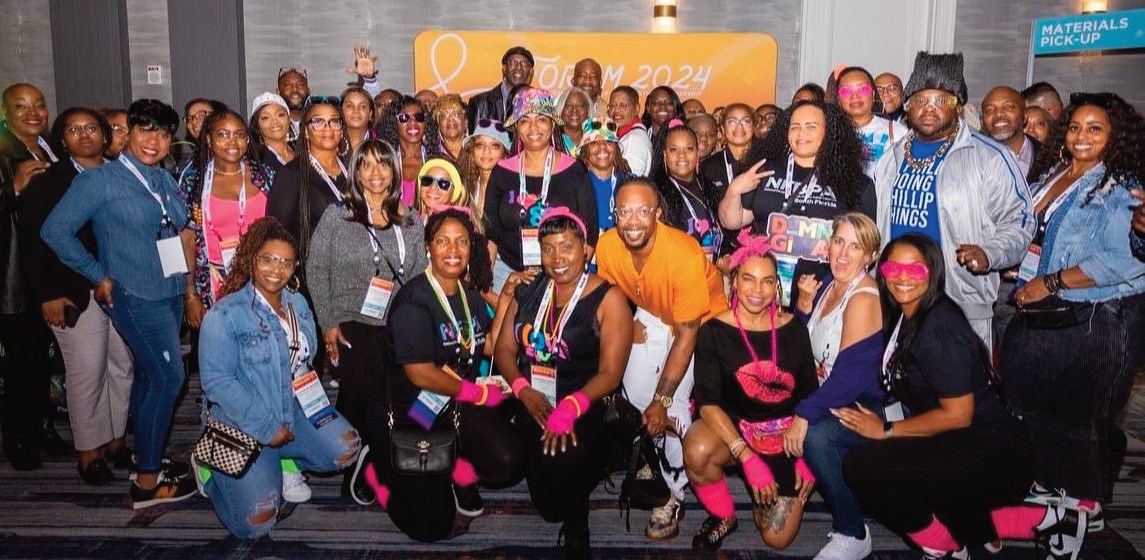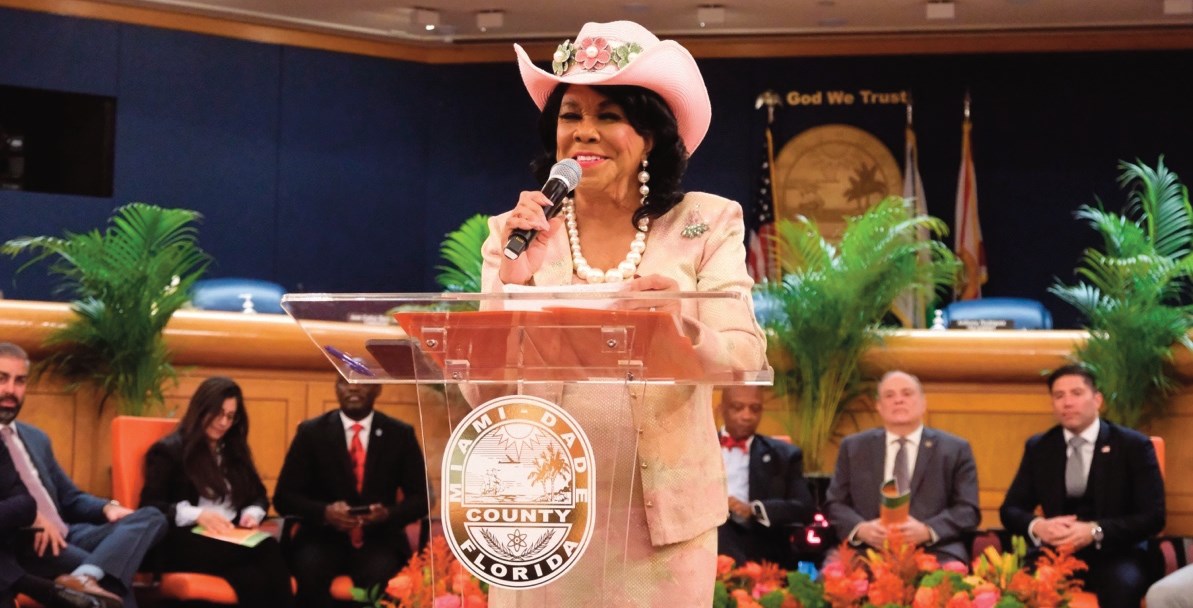 COCOA, Fla. (AP) _ The biggest gathering of Florida manatees ever observed survived a deadly cold snap last winter by huddling in warm water discharged from a power plant on the Indian River Lagoon in Brevard County.
COCOA, Fla. (AP) _ The biggest gathering of Florida manatees ever observed survived a deadly cold snap last winter by huddling in warm water discharged from a power plant on the Indian River Lagoon in Brevard County.
The 1960s-era Florida Power & Light Co. plant has since been pounded into rubble. After recycling or disposing of the debris, the South Florida-based utility will begin building a larger, cleaner generator on that site, but it won't resume a flow of life-sustaining warmth into the coastal lagoon until four winters from now.
In the meantime, the utility has installed $4.7 million worth of heating equipment at the Cape Canaveral location to turn its canal there into a winter refuge for manatees. The system is powerful enough, if temperatures plunge, to consume as much electricity as thousands of homes, at a rate of $550 an hour.
FPL officials acknowledge the utility has a moral responsibility to protect the site's wintering manatees, thought to make up one-fifth of all the manatees in Florida waters. But as wildlife authorities have made clear, ensuring a flow of warm water for the animals throughout the winter is also required by the state permit and the federal regulations linked to construction of the new plant.
“When power plants began more than 60 years ago and they were dumping out warm water, it was not on anybody's radar that somehow manatees would find that attractive,'' said Carol Knox, an administrator for imperiled species at the Florida Fish and Wildlife Conservation Commission in Tallahassee.
It became obvious to biologists over time, though, that such electricity plants play a key role in the welfare of the endangered species, especially with the degradation of their native habitat. The Cape Canaveral plant, typical of coastal power stations, used as much as 700 million gallons of lagoon water each day to cool its internal plumbing, which raised the water's temperature by about 12 degrees before returning it to the Intracoastal Waterway.
Now that the old plant is gone, Knox said, “They (FPL) have to make sure there is not a catastrophic loss of manatees that have grown over the past 50 years to depend on that site.''
Installation and operation of the temporary heating system are being paid for by FPL customers, as are other required environmental measures, such as the controls on chimney emissions that cause smog and acid rain.
The 957 manatees spotted Jan. 14 at the Cape Canaveral plant set a record for the most seen in one place during a single day. That count was made during Florida's annual statewide survey of manatees, which this year found a record-setting 5,076 of the marine mammals at nine power plants, various natural springs and other waters.
Biologists think the Cape Canaveral plant, on the west shore of the Indian River between State Road 405 and the BeachLine Expressway, attracts so many sea cows because that stretch of water offers no other way for them to escape the cold.
The nearest Indian River outlet to the ocean is through the Canaveral Barge Canal, which is obstructed by the double doors of a canal lock. The next-nearest outlets are about 45 miles away, at Ponce Inlet to the north and Sebastian Inlet to the south. There are no nearby springs, which discharge water usually about 70 degrees year-round about 10 degrees warmer than the minimum temperature manatees can tolerate.
The only other power plant along that stretch of the Indian River, a facility once controlled by Orlando Utilities Commission but now owned by RRI Energy Inc. of Houston, operated sporadically last year but has since been mothballed.
Knox said that stretch of the Indian River, which connects to another coastal lagoon, the Banana River, is a relatively healthy habitat, with abundant beds of sea grass on which manatees graze.
During winters with average temperatures, about 500 manatees would converge on waters near the twin red-and-white chimneys of the now-demolished Cape Canaveral plant. But last winter was one of the coldest on record; during one brutally prolonged stretch of frigid weather in January, all but 130 of the manatees to be found along Brevard County's more than 70 miles of coastal waters turned up at the FPL plant.
Those low temperatures put this year on track for setting another manatee record: As of the end of October, 669 have been found dead, with more than half of those suspected of having succumbed to deathly cold waters.
Though wildlife experts are hoping this winter won't be as severe, FPL has taken steps to ensure the reliability of its temporary heating system at its Cape Canaveral site.
The utility installed a prototype last year at its Riviera Beach power plant, which is also shut down for reconstruction. The risk to manatees if something went wrong there was relatively low, because temperatures in the Intracoastal Waterway that far south in Florida rarely drop as low as those by the Cape.
With lessons learned from the prototype, FPL installed four heaters at its Cape Canaveral site and began testing them in October.
The heaters are connected to pumps and plumbing that discharge warm water into a canal just off the river that is about the size of two football fields end-to-end and has an average depth of 12 feet. Replacement parts such as pump seals, fuses and temperature controllers have been stored on site for quick repairs.
Manatees arrived by the hundreds when the testing began, even though the Indian River was still relatively cozy.
“They can sense when water temperatures are a minor fraction of a degree above the ambient (surrounding temperature),'' said Winifred Perkins, FPL manager of environmental relations. “Somebody described them as like a heat-seeking missile.''
On a recent morning when the heaters had been off since the day before, nearly 50 adults and calves still lingered in the canal, floating at the surface.
“I think they are just waiting for me to turn it back on,'' said Doug Foust, plant-maintenance manager.
At its highest output, the system will heat the water 20 degrees at a rate of 4,000 gallons a minute. It will be turned on whenever the canal's water drops to 65 degrees, or sooner should a severe cold snap approach the area.
The heaters are operated manually, though a network of thermometers at various depths will be linked to the Internet to automatically alert FPL officials by e-mail and pager should problems occur or the water temperature drops too low. Biologists also plan to make daily checks on the manatees.
Dave Hankla, field supervisor in the Jacksonville office of the U.S. Fish and Wildlife Service, said FPL was required by the Endangered Species Act and the Marine Mammal Protection Act to continue providing warm water for manatees during construction of its new power generator.
The heating-system design was reviewed by federal officials, which barring negligence gives FPL a measure of protection from prosecution should any manatees die during a cold snap.
The turn of events at the Cape Canaveral site has reminded Hankla and others that there could come a time when coastal electric plants are phased out and replaced by improved methods of power generation that don't discharge warm water.
They are thankful the new FPL plant isn't one of those.
“Frankly, I don't know how we would approach that,'' Hankla said.












No Comment